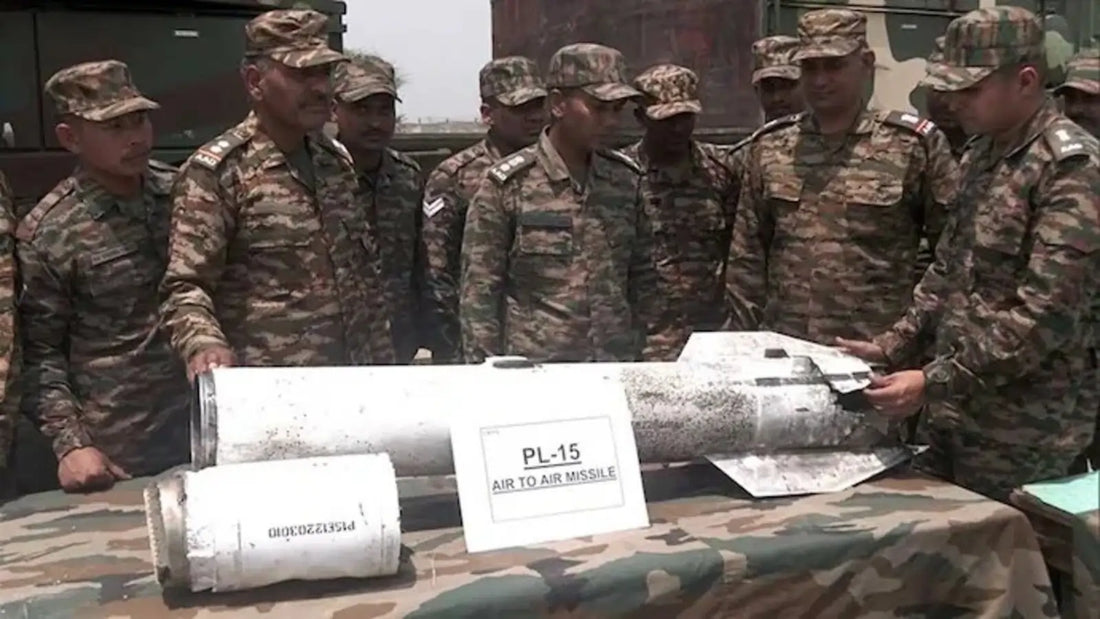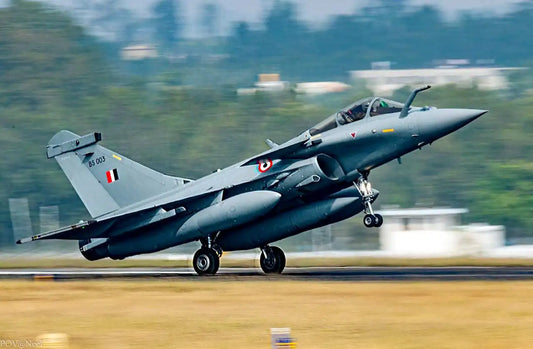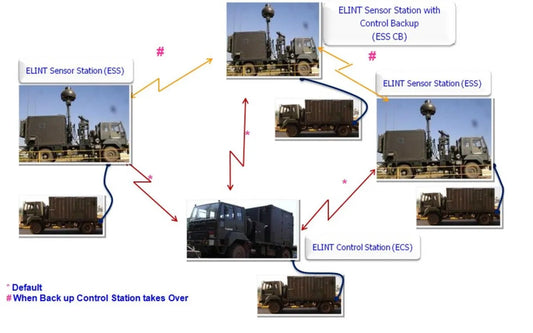DRDO Adapts Chinese PL-15 Missile Technologies for Astra Mk-II Following Operation Sindoor Recovery

The Defence Research and Development Organisation (DRDO) has made a strategic decision to incorporate advanced technologies from the Chinese PL-15E long-range air-to-air missile into India's Astra Mark-II programme. This follows a comprehensive technical evaluation of an unexploded missile found during Operation Sindoor in May of this year.
On May 9, a Pakistan Air Force (PAF) aircraft, possibly a JF-17 or J-10C, launched the missile, which was found intact in a field near Hoshiarpur, Punjab. The missile failed to explode due to a missing self-destruct mechanism, providing Indian defence scientists a rare chance to examine one of China’s most advanced beyond-visual-range air combat missiles.
A Rare Intelligence Windfall for India
According to sources, the PL-15E, with a range of approximately 145 kilometres, is an export version of China’s leading missile technology. It differs from India’s indigenous air-to-air missiles by lacking self-destruct features, allowing it to be retrieved and studied in its entirety.
DRDO experts have reportedly discovered several advanced technologies within the Chinese missile, such as a miniaturized Active Electronically Scanned Array (AESA) radar and next-generation solid propellant facilitating speeds beyond Mach 5. These systems, especially in radar guidance and electronic warfare resistance, are being adapted for India’s Astra Mk-II missile, enhancing its capabilities as a next-generation air-to-air weapon.
Pakistan’s Military Response and Regional Dynamics
The missile recovery took place during Operation Sindoor, India’s military response to the April 22 Pahalgam terror attack, which resulted in the deaths of 26 civilians. The operation, initiated on May 7, highlighted India’s growing reliance on domestically developed precision-strike weapons like BrahMos, Rampage, and SCALP missiles, all of which demonstrated exceptional precision.
In response, intelligence reports suggest Pakistan is aiming to strengthen its military capabilities after losses sustained during the operation. The Pakistan Air Force is reportedly negotiating for PL-17 long-range missiles from China, acquiring 2,000 YIHA kamikaze drones from Turkey, and has submitted a list of advanced weaponry requirements to the United States.
India’s Response: Expanding Missile Superiority
To maintain numerical and qualitative advantage in future conflicts, Indian defence planners are acquiring additional Meteor missiles for Rafale jets. Concurrently, development of a new BrahMos missile with an extended range of 800 kilometres is in progress, designed to target strategic assets deep within enemy territory.
With the deployment of Chinese HQ-9 air defence systems by Pakistan, India's strategic focus is shifting towards stand-off precision warfare. Future air engagements are expected to rely on long-range supersonic and stealth missiles that can operate outside enemy radar detection, ensuring superior air dominance and enhanced survivability.
Ceasefire Violations and Strategic Posturing
Despite a ceasefire proclaimed on May 10 at 5 p.m., Pakistani forces allegedly launched kamikaze drones and rockets into Indian regions across the Jammu and Rajasthan sectors, breaching the agreement. Similar aggressive actions were recently noted when Pakistan conducted air strikes on civilian areas in Spin Boldak, Afghanistan, despite an agreement with the Taliban for a temporary truce.
Indian defence officials cautioned that while restraint was exercised following the May 10 infractions, any future provocations would be met with proportional and decisive responses.
The recovery of the PL-15E missile not only enriches India’s insight into China-Pakistan military cooperation but also propels the nation’s drive for indigenous defence technology — transforming an enemy's missile into an opportunity for technological progress.



















